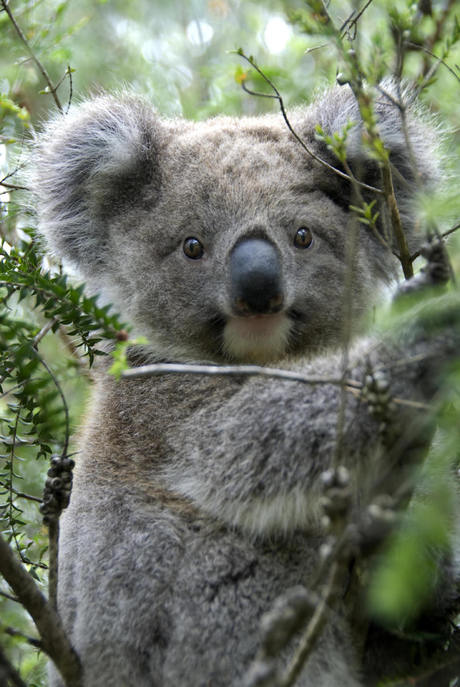Australia's cities can conserve threatened wildlife

Research by the ARC Centre of Excellence for Environmental Decisions (CEED) reveals that Australian cities can play a part in conserving the country’s endangered animals and plants, with all our cities and towns currently containing species that are officially listed as threatened.
The study, published in the journal Global Ecology and Biography, saw the CEED team explore the locations of Australia’s 1643 listed threatened species and the extent to which they overlapped with 99 cities or towns. They found that 500 threatened and protected species are living within city areas.
Sydney has the most threatened species, at 126; Kalgoorlie-Boulder in Western Australia has the most distinct collection of animals found in an urban area; and Kempsey in NSW has the most unique plants. For 51 species, more than 30% of the area they occupy in Australia happens to be in cities or towns.
“This is the first study worldwide that shows just how many of our threatened species are actually hanging on in our cities,” said Dr Pia Lentini of CEED and The University of Melbourne. “The finding was surprising because we generally write off cities as ‘lost causes’ when it comes to conservation. We tend to imagine that threatened species are only found in faraway national parks or remote areas.
“This shows that cities aren’t just a threat to conservation.”
__Image_1_-_Kate_Hofmeister.jpg)
Co-author Dr Christopher Ives, of CEED and RMIT University, explained that some animals live in urban areas because fresh water or food are no longer as available in their natural habitats.
“For example, we are increasingly seeing grey-headed flying foxes and swift parrots in our cities because the nectar, fruit or blossoms that they feed on are more often found in urban habitats,” he said. Another example is Carnaby’s black cockatoo, which relies on introduced pine plantations around the city of Perth.
“We also found that some threatened plants are only found in urban environments, which means they can be easily wiped out if we don’t plan carefully,” Dr Ives continued.
“Examples include the fringed spider-orchid that lives on the edges of Melbourne — an area that is being developed rapidly — and the Nielsen Park she-oak, that is found only within the metropolitan area of greater Sydney.”
__Image_2_-_Leonie_Valentine.jpg)
The findings highlight the importance of planning and managing our cities for conservation as well as human wellbeing. Apart from careful planning, small changes can help make the cities more friendly to native Australian animals and plants, Dr Lentini said.
“For instance, protecting big old trees with hollows, planting more trees or having green roofs covered with plants can keep our cities cooler for us — and at the same time preserve threatened plants or animals,” she said.
“We also need to help species move between larger parks as they travel to find food, which means having corridors of trees and plants between green areas, instead of the current approach where parks are isolated islands in a sea of buildings.
“Each Australian city is home to a different and unique set of native animals and plants, so it’s really important that we start to think of the role these places play in actually conserving threatened species, rather than ignoring them.”
Berrima Cement Works upgrades with sustainable tech
Boral has unveiled new carbon-reducing technology at the site, which supplies 40% of cement in...
Australian orgs partner to speed circular economy
GS1 Australia has joined forces with the Product Stewardship Centre of Excellence to drive the...
Victorian utility recognised at Asian Water Awards
South East Water won two awards for its Hydrotrak Geofencing technology, which has helped it to...









